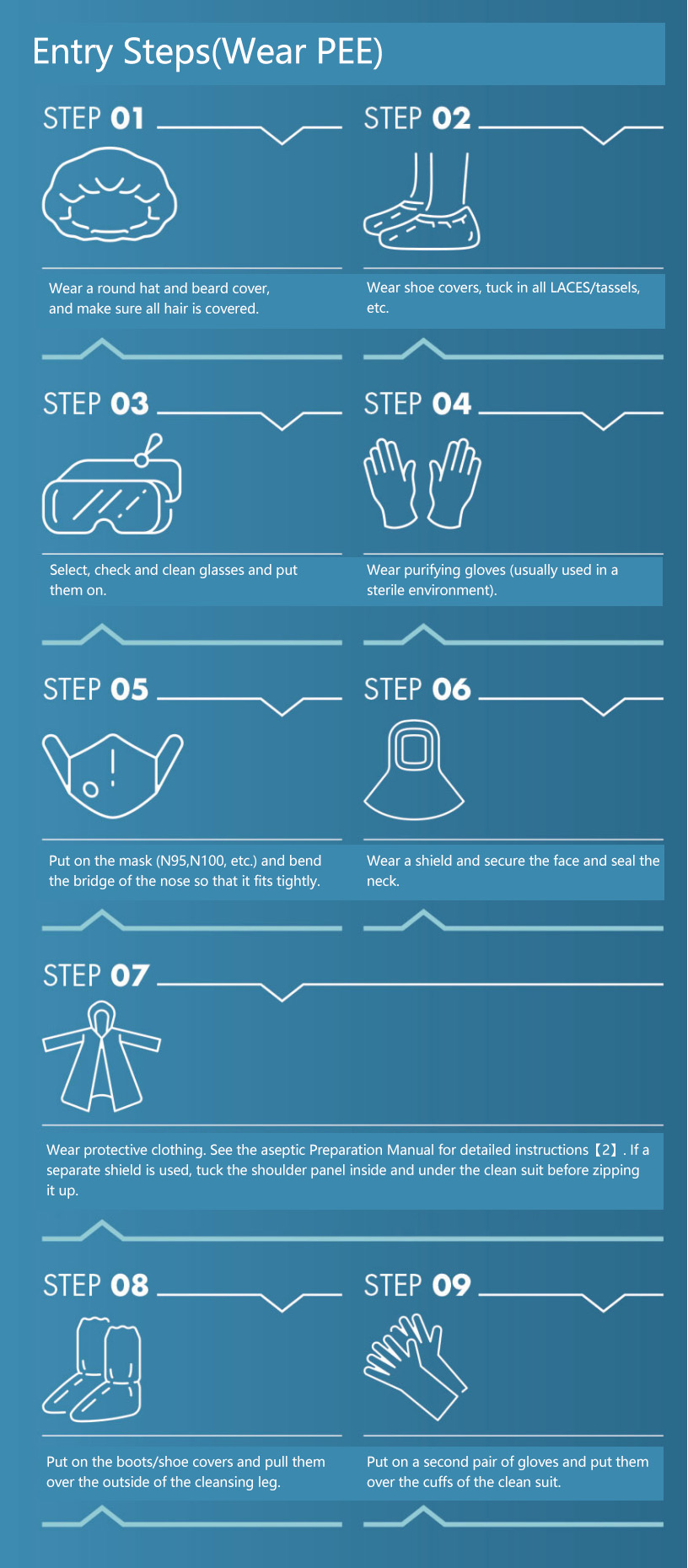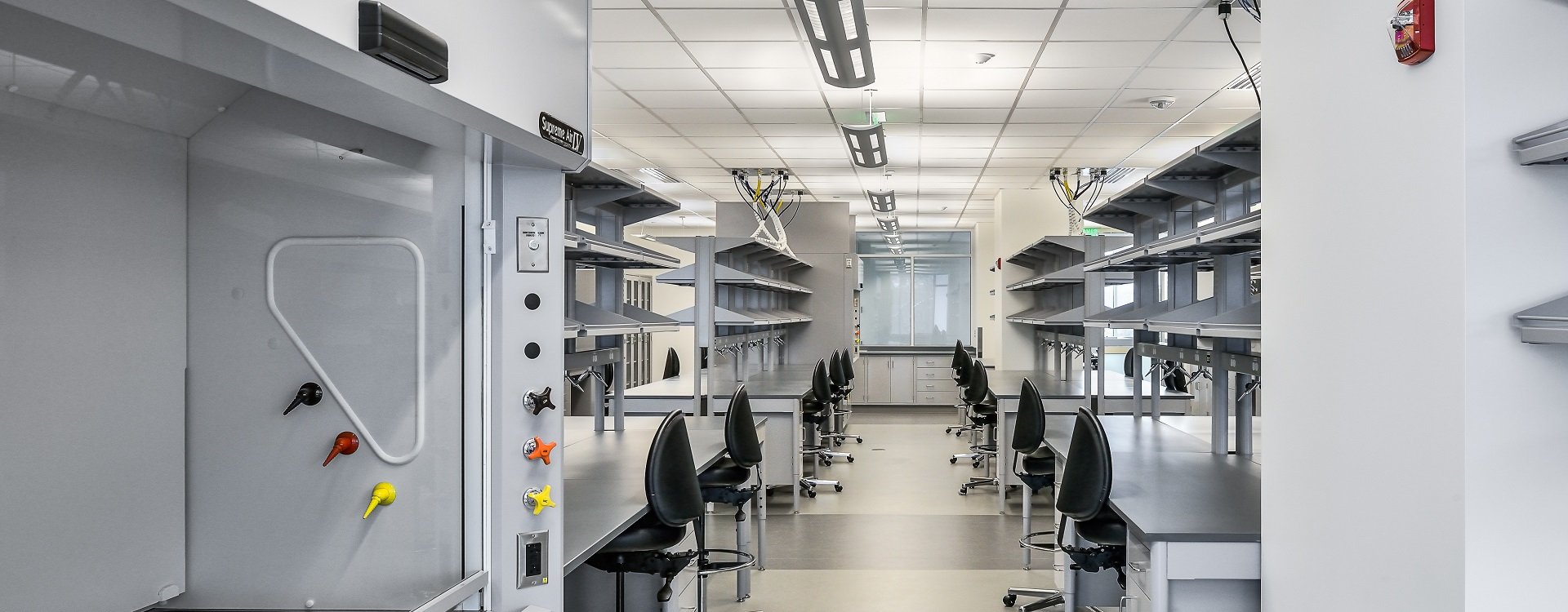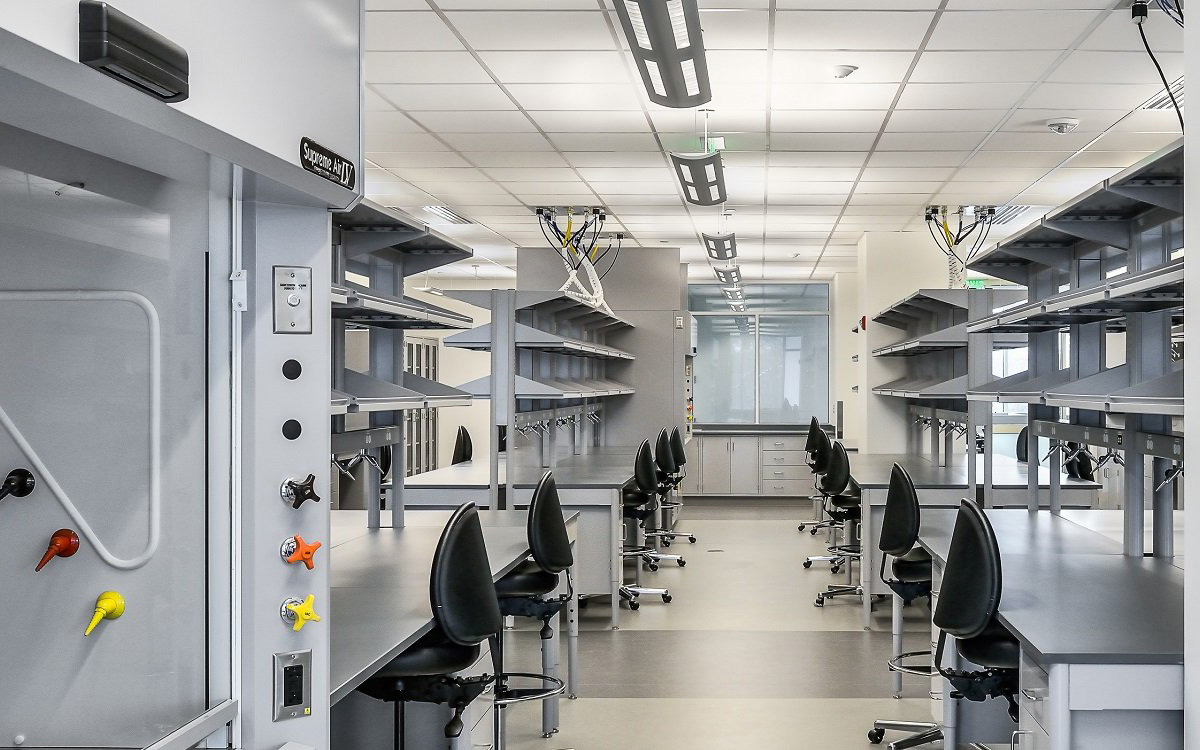Correct Sequence of Use of Personal Protective Equipment (PPE)
Date: 2022-01-19 Source: RUANQI Classification: Resources
In a world focused on pandemic response, including disease treatment and drug production, not to mention gene and cancer research, biosafety level rating laboratories are essential. For clinical, diagnostic, production and research facilities, special sealed laboratories are increasingly necessary.
I once worked as a "safe person" in a large public university, including medical college, dental school, veterinary school, animal research colony, biomedical and cancer research facilities and nanotechnology research facilities. I have been introduced to various sealed laboratories and clean rooms. What they have in common is that they must wear protective clothing before entering and take it off before leaving.
The specific personal protective equipment (PPE) required depends strictly on the type of sealed area and the ongoing research. This paper provides a general program, which can also be modified to adapt to most of any sealed laboratories or clean rooms, whether sterile or non-sterile.
General Settings of the Pollution Control Lab
The construction of the pollutant control laboratory should make the whole room a second safety barrier, that is, the ventilation of the laboratory space should maintain a slight negative pressure relative to the adjacent areas. This is to keep the inward air flow by discharging more air than supplied. Therefore, any pollutants from overflow or release are prevented from migrating to the surrounding area. Laboratory exhaust gas must be directly discharged to the outside air, and shall not be recycled. In most cases, depending on the materials studied and used, high efficiency particulate air (HEPA) filter must also be used to filter the exhaust gas.
Ideally, separate areas should be provided for entrance and exit, changing and undressing. Although many facilities use a single channel as the entrance and exit. Whether it is single channel or non-single channel, the entrance/exit point should be set with two-stage procedures: the area before changing clothes, and then the room for changing clothes or wearing personal protective equipment. In a typical factory, the exit is carried out in a separate undressing room, and then the final cleaning and leaving are carried out. Strictly control the airflow in these areas to completely block any pollutants.
1. one Precautions before changing clothes
Before entering or using the clean room or pollutant control laboratory, please make sure that the SOP and procedures are clear and concise, and all employees (novices) are fully trained. SOP should:
1) Minimize the use of cosmetics, hairspray, lotion and personal skin care products, as they may introduce pollutants.
2) Users should not smoke within 45 minutes before entering, especially in a clean room, because it is well known that the particulate emission time of smokers after smoking is longer than 30 minutes.
3) Before entering the front room, please take off extra clothes, such as sunglasses, hats, jackets, etc., to simplify the process and reduce the required operations.
4) Plan the work in advance so that all materials, tools, solutions, etc. can be used at any time, and be prepared to minimize the flow and entry/exit times.
2. Suggested steps for wearing PPE
The following figure demonstrates the process of basic level pollutant control laboratory or clean room, and provides the general sequence of wearing PPE. This sequence is designed to help control pollutants when putting on and taking off standard pollution control/clean room personal protective equipment. Not every item below is required in all cases. Procedures for inspecting facilities. If you are dealing with highly infectious or toxic reagents, or working in highly sterile laboratories (pharmaceutical preparations, FDA-supervised laboratories, etc.), you will need more steps and stricter procedures.

▲Entry steps(wear PPE)--ICT2 Translation

▲ Take off PPE and quit-ICT 2 translation
After completing the steps outlined in "Wearing PPE" on the drawing, you can enter the clean room or pollutant control laboratory. After completion of work, leaving the pollutant control area is usually the opposite of these steps. However, there are some important considerations, so the figure also lists the complete steps.
Working in pollutant control laboratories and clean rooms is always an arduous task, especially during the epidemic period. Failure to comply with the terms may bring danger or risk to yourself, colleagues and other personnel. Pollution may cause people to get sick, lose a lot of research time, and may cause huge economic losses. For key and specific reasons, PPE requirements are formulated. Please be patient and wear your coat properly every time you enter the pollutant control area. Remember, safety comes first!
References:
1、Biosafety in Microbiological and Biomedical Laboratories, 5th Edition, Center for Disease Control, US Department of Health. Atlanta, GA. October 2018. http://www.cdc.gov/biosafety/publications/bmbl5/
2、Compounding Sterile Preparations. American Society of Health-System Pharmacists. 2014. https://www.ashp.org/-/media/assets/policy-guidelines/docs/guidelines/compounding-sterile-preparations.ashx




